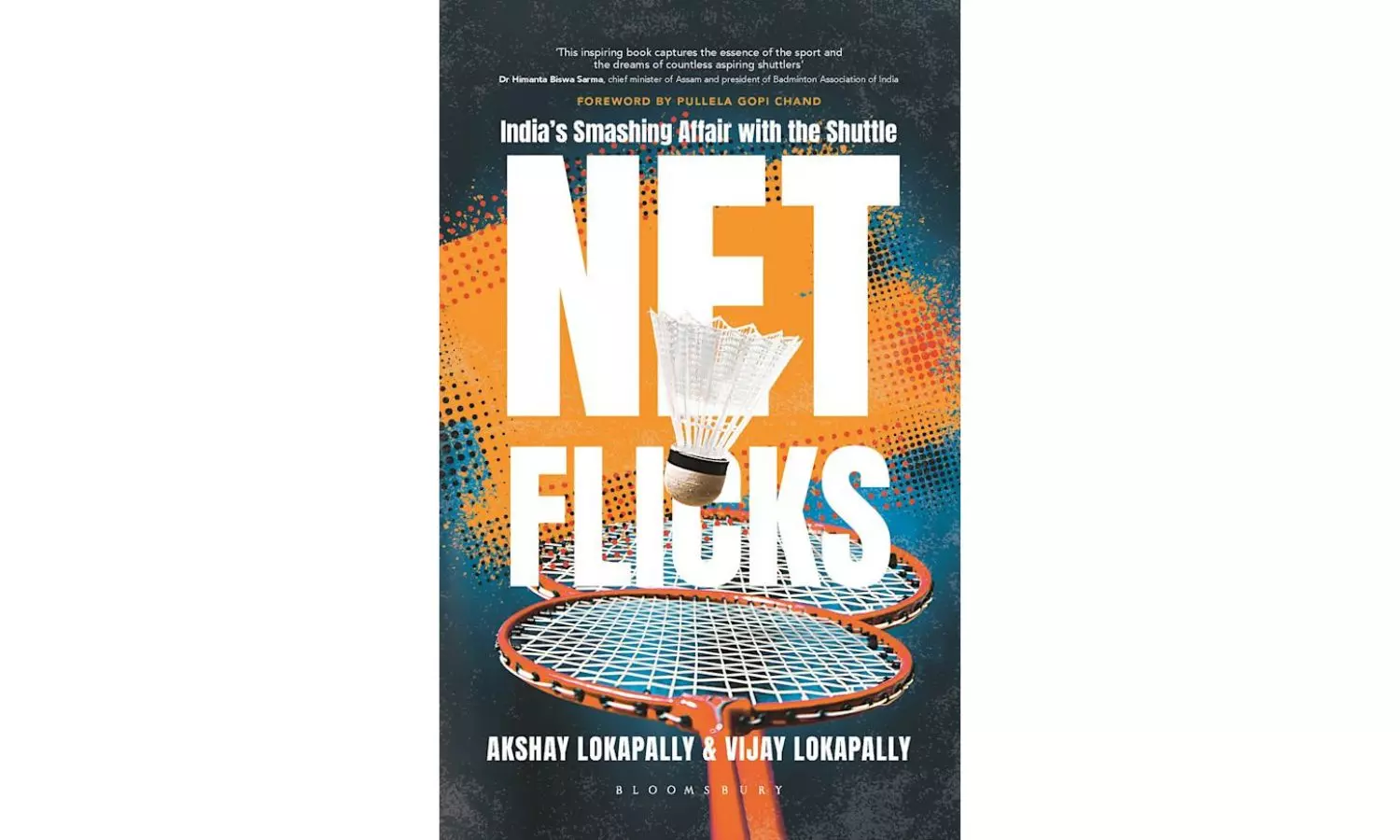By Sujit Bhar
As India’s badminton prowess falters, with its superstars in P.V. Sindhu, Saina Nehwal and even Lakshya Sen slipping from their respective high perches, the current generation of Indian badminton lovers may be excused for believing that India’s status in having won the Thomas Cup title in 2022, dethroning four-time champions Indonesia, and two All-England titles from Prakash Padukone and Pullela Gopi Chand were flashes in the pan. Net Flicks, authored by the father-son duo of Vijay and Akshay Lokapally, attempts to set the record straight, detailing the rich history of badminton in the country, starting from Prakash Nath, playing the 1947 All-England Championships final even as his hometown Lahore burned in the flames of partition, to the current times. Badminton in this country exists as a latent fervour, a revolution as potent as India’s chess resurgence, just waiting to happen. Cricket has an interesting connection with badminton in this country. Sunil Gavaskar was an ardent fan of this sport, often playing during his spare time; Kapil Dev had actively promoted a School of Badminton in Kolkata with the Power division of Bata being the main sponsors and, way before that, as the books points out, Tara, Sunder and Suman, daughters of the legendary Indian cricketer Professor D.B. Deodhar, had become “trailblazers in women’s badminton… the sisters entered badminton and began dominating the national scene. The sisters won 23 national titles — singles, doubles and mixed doubles.” Then there is Vijay Lokapally, Akshay’s father, a pretty renowned cricket writer, who understandably chose for his son this very special sport to write on. The connection has solidified. The book is cleverly organised into specific time frames and key players, giving the reader a good sense of the development of the sport in the country and how early successes came off the trials and tribulations of our crusaders, through pain and sometimes despite the poverty of sensitivity of people in authority. Sport has never been a priority in India, either in households or in society in general, and definitely anywhere the government touches. If cricket has survived the onslaught it has been one lucky break. How little we minded about badminton those days is clear from one section, as Dinesh Khanna recalled in the book that he was clueless on how to best utilise the backhand stroke. Says the book: “Luckily, a friend in Bombay had a badminton manual with instructions and lessons on various strokes… Khanna borrowed it and went straight to the page describing the backhand grip.” The change that came about was stupendous. The book does not ignore the dark either. It says: “The killing of (Syed) Modi when he was twenty-five is a dark chapter in Indian sports. He envisioned a career and would have proved a great asset with his deep understanding of badminton.” The details have remained shrouded in a mist, but a mention was a must. Yes, the Manoj Guhas remain underrepresented in the book, but a history this large, emanating from a country even larger will have gaps that will be filled up later. The bigger story is that in documenting the past, the authors have actually brought the future into focus. Maybe we can guess a little bit of how India can get back on the rails and into the fight, yet again. Net Flicks: India’s Smashing Affair with the Shuttle By Akshay Lokapally & Vijay Lokapally Bloomsbury India pp. 232; Rs 499
